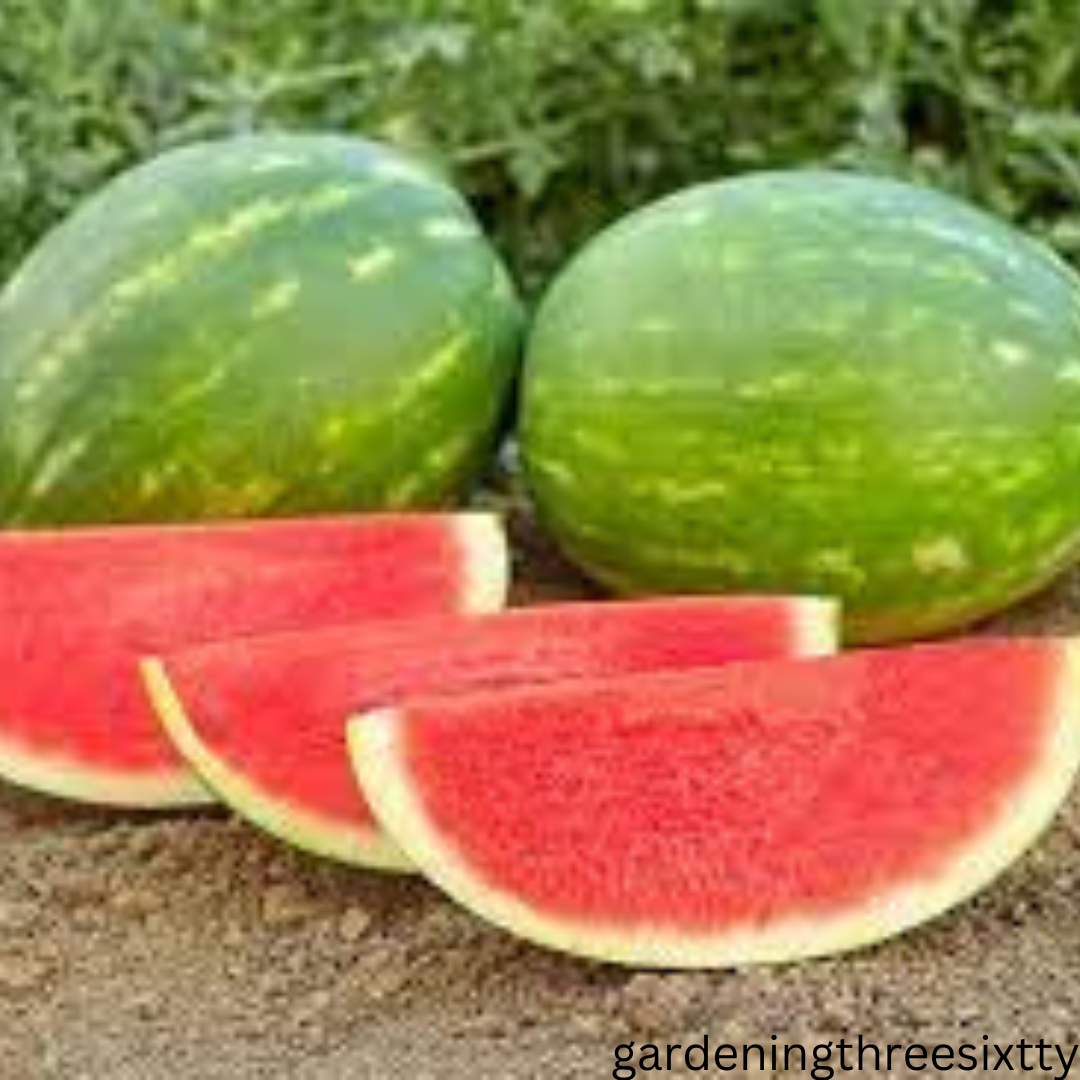Fruit that grows on vines is a diverse and delicious group of plants that produce fruits on vines, making them unique in the world of agriculture. Fruit that grow on vines, these fruits grow on long, sprawling vines that require support structures to thrive. In this article, we’ll explore the various types of vining fruits, their growing conditions, care tips, health benefits, culinary uses, and more. Vines are a type of climbing plant that has long, slender stems that wind around other plants or structures for support. Many fruits grow on vines, and they come in a wide variety of shapes, sizes, and colors.
Types of Fruits That Grow on Vines
Many types of fruit grow on vines, below are some of those.

Grapes fruits that grow on vines
Grapes are one of the most popular vining fruits, known for their use in winemaking and fresh consumption. They thrive in temperate climates and require well-draining soil and ample sunlight.
Kiwi fruits that grow on vines
Kiwi, or Chinese gooseberry, is a vining fruit with fuzzy brown skin and vibrant green flesh. It thrives in subtropical regions with mild winters and prefers acidic soil.
Passion Fruit fruits that grow on vines
Passion fruit is a tropical vining fruit with a unique, tangy flavor. It requires warm temperatures, consistent moisture, and well-drained soil for optimal growth.
Tomatoes Fruits that grow on vines
While commonly considered vegetables, tomatoes are technically fruits that grow on vines. They require full sunlight, regular watering, and support for their sprawling growth.
Pumpkins Fruits that grow on vines
Pumpkins are vining fruits that belong to the squash family. They thrive in warm climates with rich, well-draining soil and ample space to spread their vines.
Growing Conditions and Requirements for Fruits that grow on vines
Climate for fruits that grow on vines
Vining fruits have varying climate preferences. Grapes and kiwis prefer temperate climates, while passion fruit and pumpkins thrive in tropical regions. Tomatoes adapt well to a wide range of climates.
Soil for fruits that grow on vines
Well-draining soil is crucial for vining fruits. They prefer loamy or sandy soil with good fertility and pH levels specific to each fruit type.
Sunlight for fruits that grow on vines
Most vining fruits require full sunlight to produce optimal yields. Adequate sunlight promotes fruit development and enhances flavor.
Watering for fruits that grow on vines
Consistent moisture is essential for vining fruits. Proper irrigation techniques, such as drip systems or mulching, help maintain soil moisture levels.

Planting and Care Tips for fruits that grow on vines
Planting Techniques for fruits that grow on vines
Follow specific planting guidelines for each vining fruit. Provide support structures like trellises or stakes to support vine growth and facilitate fruit production.
Pruning for fruits that grow on vines
Regular pruning promotes airflow, reduces disease risks, and improves fruit quality. Prune vining fruits during the dormant season or as needed to control growth.
Pest and Disease Management for fruits that grow on vines
Monitor vining fruits for pests and diseases regularly. Use organic methods or approved pesticides to manage pests and maintain plant health.
Health Benefits of Vining Fruits of fruits that grow on vines
Vining fruits, those that grow on climbing plants, offer a delightful and nutritious burst of flavor. But beyond their deliciousness, these fruits come packed with a variety of health benefits. Here’s a peek into why incorporating vining fruits into your diet is a good idea:
Antioxidant Powerhouse
Many vining fruits are rich in antioxidants, substances that combat free radicals in the body. Free radicals contribute to cellular damage and are linked to chronic diseases. Fruits like grapes, especially red varieties, contain resveratrol, a powerful antioxidant that may improve heart health and cognitive function. Passion fruit is another example, boasting high levels of vitamins A and C, which also act as antioxidants and strengthen the immune system.
Fiber for Digestion and Heart Health
Vining fruits can be a good source of dietary fiber. Fiber promotes healthy digestion, keeps you feeling fuller for longer, and can help regulate blood sugar levels. Kiwifruit, for instance, is a champion when it comes to fiber content. Grapes also contain fiber, and research suggests that a diet rich in fiber may help lower bad cholesterol levels, contributing to better heart health.
Vitamins and Minerals for Overall Health
Vining fruits are a treasure trove of essential vitamins and minerals. Grapes provide a good dose of potassium, which helps regulate blood pressure. Many vining fruits, like watermelon, are high in vitamin C, which is crucial for collagen production and immune function. Certain varieties, like cantaloupe, offer beta-carotene, which converts to vitamin A in the body and is important for vision and skin health.
Hydration and Weight Management
Some vining fruits, like watermelon and honeydew melon, have a high water content. This can be beneficial for hydration, especially during hot weather or exercise. The high water content can also make you feel fuller for longer, potentially aiding in weight management efforts.
So, the next time you’re at the grocery store, consider reaching for a vining fruit. These delicious and versatile fruits can be enjoyed on their own, blended into smoothies, or incorporated into salads and yogurt parfaits. By adding vining fruits to your diet, you’ll be treating your taste buds and giving your body a boost of essential nutrients.

Rich in Vitamins and Minerals
Vining fruits are rich sources of vitamins, including vitamin C, vitamin A, vitamin K, and various B vitamins like folate and riboflavin. These vitamins play crucial roles in immune function, vision, blood clotting, and energy metabolism.
Antioxidant Powerhouses
Many vining fruits are loaded with antioxidants such as polyphenols, flavonoids, and carotenoids. These compounds help neutralize harmful free radicals in the body, reducing oxidative stress and lowering the risk of chronic diseases like heart disease, cancer, and neurodegenerative disorders.
Dietary Fiber Content
Fiber is abundant in vining fruits, contributing to digestive health, satiety, and blood sugar regulation. Soluble fiber found in fruits like kiwi and passion fruit helps lower cholesterol levels, while insoluble fiber from grapes and tomatoes supports healthy digestion and regular bowel movements.
Heart-Healthy Nutrients
Several vining fruits, such as grapes and kiwis, contain heart-healthy nutrients like potassium and phytonutrients. Potassium helps regulate blood pressure, while phytonutrients like resveratrol in grapes support cardiovascular health and may have protective effects against heart disease.
Immune-Boosting Properties
The vitamin C content in vining fruits like kiwi and tomatoes boosts immune function, helping the body defend against infections and illnesses. Including these fruits in your diet can strengthen your immune system and support overall well-being.
Skin Health Benefits
Certain vining fruits, such as passion fruit and kiwi, are beneficial for skin health due to their vitamin C and antioxidant content. These nutrients promote collagen production, skin elasticity, and protection against UV damage, contributing to a radiant complexion.
Weight Management Support
Vining fruits are naturally low in calories and fat while being high in water content and dietary fiber. Including them in a balanced diet can aid in weight management by promoting feelings of fullness, reducing calorie intake, and supporting healthy digestion.
Culinary Uses of fruits that grow on vines
Vining fruits are versatile in culinary applications. They are used fresh, in salads, desserts, juices, jams, and preserves, adding flavor and nutrition to various dishes.
Seasonal Offerings for fruits that grow on vines
Explore seasonal variations of vining fruit dishes to embrace freshness and seasonal flavors. Incorporate summer berries with kiwi for vibrant fruit salads, use roasted pumpkin in fall soups and stews, create winter citrus and grapefruit salads, and enjoy spring-inspired tomato and basil bruschetta.
Culinary Techniques for fruits that grow on vines
Experiment with different culinary techniques to showcase vining fruits in unique ways. Try grilling fruits like kiwi and tomatoes for smoky flavors, baking with pumpkin and spices for comforting desserts, blending fruits into sauces and dressings for added depth, and incorporating fruits into cocktails and mocktails for refreshing beverages.
Popular Recipes Using Vining Fruits of fruits that grow on vines
Explore creative recipes using vining fruits, such as grape salsa, kiwi smoothies, passion fruit sorbet, tomato bruschetta, and pumpkin soup, showcasing their culinary diversity.

Desserts and Pastries of fruits that grow on vines
Vining fruits elevate desserts and pastries with their natural sweetness and vibrant colors. They are used in pies, tarts, cakes, and fruit-based desserts like sorbets and gelatos.
Juices and Smoothies of fruits that grow on vines
The juiciness of vining fruits makes them perfect for extracting flavorful juices and blending them into smoothies. Try combinations like grape-berry blends, kiwi-mint concoctions, or passion fruit-orange mixes.
Jams and Preserves of fruits that grow on vines
Preserve the goodness of vining fruits by making jams, jellies, and preserves. They pair well with toast, pastries, and cheese platters, adding a tangy sweetness to every bite.
Savory Dishes of fruits that grow on vines
Vining fruits can also enhance savory dishes. Tomatoes are a staple in sauces, soups, and salads, while pumpkin adds depth to stews, curries, and roasted vegetable medleys.
Sustainability and Environmental Impact of fruits that grow on vines
Fruits that grow on vines can have a mixed impact on sustainability depending on the farming practices used. On the positive side, vine fruits can be quite efficient in terms of land use. Since they grow vertically, they require less space compared to fruit trees, potentially leading to higher yields per acre. Additionally, some vine varieties like grapes can act as ground cover, helping suppress weeds and reducing soil erosion.
However, there are also challenges to consider. Vine fruits often require significant support structures like trellises and wires, which can use materials and energy to produce and maintain. Additionally, irrigation can be a major concern, especially in drier climates. Water usage can be high for vine fruits, and unsustainable practices can lead to the depletion of water resources.
The use of pesticides and fertilizers is another factor. While they can increase yields, overuse can harm beneficial insects and pollute water sources. Organic farming practices or integrated pest management can help mitigate these impacts.
Overall, the sustainability of vine fruits depends on the specific growing methods employed. By focusing on efficient irrigation, using renewable materials for support structures, and adopting organic or sustainable practices, vine fruit production can be a part of a healthy and environmentally conscious food system.
Popular Vining that grows on vines
While technically a fruit, tomatoes (think classic Caprese salad or tangy tomato sauce for pasta) are kings of vining recipe popularity. But if you’re looking for something sweeter, melons like honeydew shine in fruit salads or light, refreshing drinks. For a fun twist, honeydew can even be cubed and used in bubble tea! Don’t forget summer staple watermelon, perfect for picnics in bite-sized chunks or delicious in gazpacho for a chilled soup. Vining fruits offer versatility from savory to sweet!
Tomatoes
Though technically a fruit, tomatoes reign supreme in the vining recipe world. Caprese Salad is a classic example, featuring sliced tomatoes, fresh mozzarella, and fragrant basil drizzled with olive oil and balsamic vinegar. Tomatoes also shine in hearty dishes like Pasta Puttanesca, where they team up with garlic, capers, and anchovies for a savory and slightly spicy sauce.

Melons
The sweetness of melons like honeydew, cantaloupe, and watermelon lends itself perfectly to refreshing summer treats. Honeydew Melon Salad with Mint and Lime is a simple yet elegant dish, where the melon’s subtle sweetness is accentuated by the brightness of lime and the coolness of mint. Watermelon Gazpacho is a chilled soup that’s perfect for hot days, offering a burst of watermelon flavor with a touch of savory flair from vegetables like cucumber and red onion.
Grapes
Grapes aren’t just for snacking! They add a touch of sweetness and complexity to many recipes. Greek Yogurt Parfait with Grapes and Honey is a healthy and satisfying breakfast or snack, layering creamy yogurt with fresh grapes and a drizzle of honey. For a more decadent option, try a Grape and Goat Cheese Tart. The sweet grapes balance the tangy goat cheese in a flaky pastry crust, making for a delightful appetizer or light dessert.
These are just a few examples of the many delicious recipes that feature vining fruits. With their versatility and vibrant flavors, these fruits offer endless possibilities for creative culinary exploration. So next time you’re at the market, consider grabbing some vining fruits and whipping up a delicious dish!
FAQ’s
What are the fruits of the vine?
The phrase “fruits of the vine” can have two meanings. Grapes, Tomatoes, Melons (watermelon, cantaloupe, honeydew).
What does the vine produce?
Many things can grow on vines, but the most common and well-known vine product is grapes. Wine is made from fermented grapes. Different grape varieties and fermentation processes create a wide variety of wines.
Is a vine a tree or a plant?
A vine is a plant, not a tree. Trees are woody plants with a single main stem, or trunk, that supports branches and leaves. Vines, on the other hand, have weak stems that cannot support themselves and need something to climb on, such as other trees, fences, or walls
What are the three types of vines?
There are more than three types of vines, but here are three common ways that vines climb. Twining vines, Tendril vines, Hooked vines.
What is the difference between a plant and a vine?
A vine is a type of plant with a specific growth habit. Here’s the breakdown
Plant: This is a general term for any living organism that can make its own food through photosynthesis.
A vine is a plant with a long, weak stem that needs support to grow upright.
